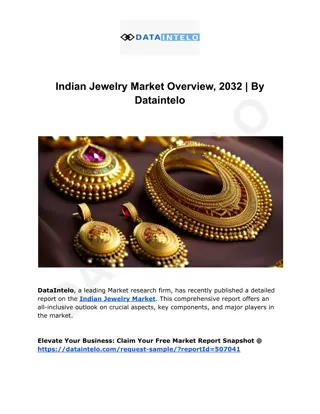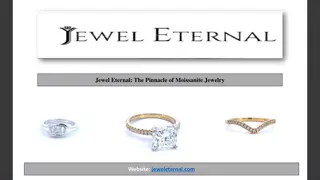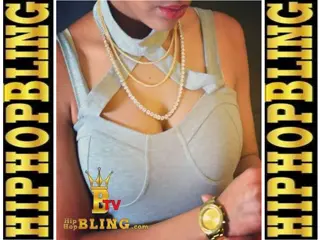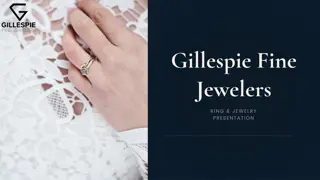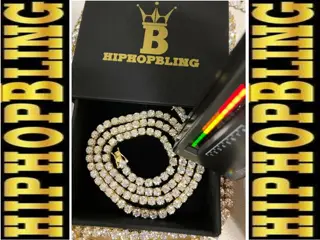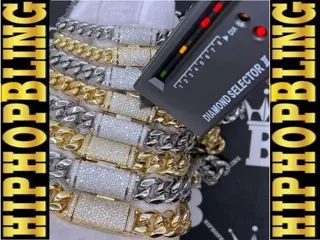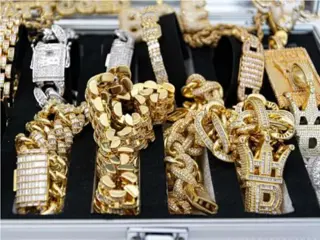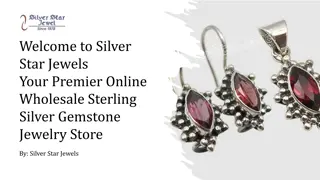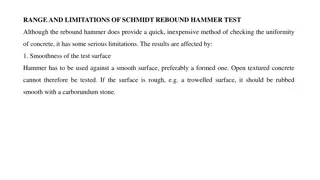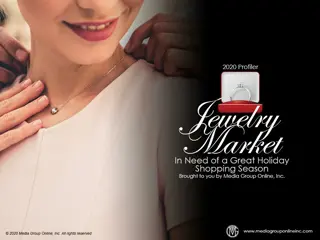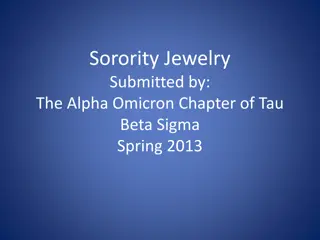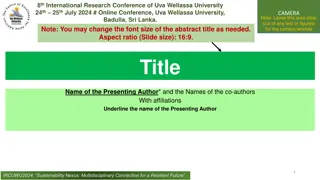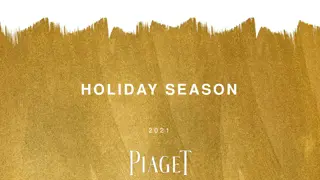The Resilient Rebound of the Jewelry Market in 2021
The jewelry market witnessed a significant rebound in 2021 following the challenges of 2020. Sales surged across various segments, with key players adapting and embracing online strategies. Diamond jewelry, gold, platinum, gemstones, and consumer preferences all contributed to the market's recovery. Insights from industry reports and surveys highlight the importance of quality, design, and special occasions in jewelry purchases. Financing options play a crucial role, especially among younger consumers. The wedding sector has seen shifts due to the pandemic, impacting couples' jewelry choices. Overall, the jewelry market displays resilience and optimistic growth prospects.
Download Presentation

Please find below an Image/Link to download the presentation.
The content on the website is provided AS IS for your information and personal use only. It may not be sold, licensed, or shared on other websites without obtaining consent from the author.If you encounter any issues during the download, it is possible that the publisher has removed the file from their server.
You are allowed to download the files provided on this website for personal or commercial use, subject to the condition that they are used lawfully. All files are the property of their respective owners.
The content on the website is provided AS IS for your information and personal use only. It may not be sold, licensed, or shared on other websites without obtaining consent from the author.
E N D
Presentation Transcript
A Big Rebound for Jewelry s Appeal The jewelry market suffered like many consumer segments during 2020, but has rebounded substantially during 2021 to date. A May 2021 Mastercard SpendingPulse survey found May sales increased 203% YOY and 45% from May 2019. Throughout the jewelry industry, 605 businesses (retailers, wholesalers and manufacturers) discontinued operations during 2020, an improvement from 912 during 2019. Most of these, 495, were retailers, but only 92 during Q4 2020, compared to 324 during Q4 2019. Analysis from the Jewelers Board of Trade revealed what many retailers experienced during 2020: survival depends on being prepared to adapt, especially with an online presence. As always, jewelers will be looking for the 2021 holiday season to boost sales significantly.
The Diamond Sector Sparkles The National Diamond Council reported diamond jewelry sales during the March May 2021 period increased 300% from March May 2020 and, more importantly, 30% more from March May 2019. According to De Beers and Alrosa, the largest diamond mining companies, rough diamonds sales continue to improve. For the May 3 18, 2021 period De Beers total sales of $380 million were still less than the equivalent 2019 period, with total sales of $415 million. Alrosa s rough and polished diamond sales were better, with April 2021 rough sales totaling $383 million, compared to $357 million during March. April 2021 polished diamond sales were $18 million, a 50% increase from March s $12 million.
Gold, Platinum and Gemstones The World Gold Council reported during early 2021 that 2020 gold jewelry demand in the US decreased 10%; the global demand decreased 13%. Much like the overall jewelry market, demand for gold jewelry increased 11% during Q4 2020. According to Platinum Guild International, 2020 US platinum jewelry sales increased 3.4% YOY; however, with many factories idled or with restricted operations, many retailers were able to sell older inventory. Sales are forecast to increased 7% 12% YOY during 2021. A fall 2020 survey from MVI Marketing found 93% of consumers had a favorable opinion of colored gemstones, but sapphires were their favorite, as 46% said they had purchased sapphires previously and 40% of adults 23 40 said sapphires were their favorite.
Consumers Cant Resist the Allure The Plumb Club Industry & Market Insights 2021 surveyed 1,000 men and women with combined household incomes of $75,000 or more who said quality (31%) was the most important jewelry purchase factor, followed by design (23%) and uniqueness (17%). Unsurprisingly, almost half (48%) said a special occasion (birthday, anniversary, etc.) was the #1 reason they purchased jewelry. Somewhat surprisingly, but good for jeweler retailers, was no reason needed was second at 23% and personal reward third at 12%. A majority (57%) said the availability of financing motivates them to purchase jewelry. With Gen Zers and Millennials indicating a growing interest in diamond jewelry, financing is important as younger adults use the buy-now, pay-later (BNPL) more than older adults.
Wedding Sector Insights The pandemic caused many couples to postpone, even cancel, their 2020 wedding plans. According to The Knot annual survey, 15% postponed both their ceremony and reception and 32% who were married moved their reception to a later date. 2020 data from The Wedding Report reveals there were 40% fewer weddings during 2020 than 2019, but 2021 weddings will increase by 53%, although the total won t equal 2019 s. The forecast for total weddings during 2022 is 2.47 million, a 28% YOY increase. The average price for an engagement ring during 2020 was $3,456, according to The Wedding Report, which will decrease slightly to $3,434 for 2021. The Plumb Club survey cited on slide #5 found 10% of diamond ring purchases are for engagement rings.
Buying Online Becomes Mainstream The Mastercard SpendingPulse reported a 49% YOY increase in online shopping/purchasing during the 2020 holiday season (Nov. 1 Dec. 24) and the retail jewelry sector benefited as online sales increased 44.6% YOY while in-store sales decreased 4.3%. A January/February 2021 survey from Provoke Insights found 6% had purchased luxury watches or jewelry during the past six months, but most of them were Millennial households with children and incomes of $100K+ and 53% prefer to shop online. The Provoke Insights survey also revealed 10% of surveyed consumers said they purchased a luxury item during the past three months, with designer clothes and jewelry tied for first at 5% and watches, designer shoes, liquor and designer handbags were tied for third at 4%.
Advertising Strategies Although it is unfortunate many jewelry stores have closed, those that survive have an opportunity through aggressive advertising to reach more consumers in a larger geographic area because of fewer nearby competitors. Many weddings were postponed from 2020 and rescheduled for 2021, but 2022 weddings will increase significantly, providing jewelry stores with a much larger pool of buyers of engagement and wedding rings as well as wedding-party gifts. Platinum sales were depressed during 2020 because of manufacturing and supply issues, but as the market returns to normal levels, jewelry stores may want to plan a weekend promotion for platinum jewelry as demand is expected to increase.
New Media Strategies Use the content in the table at the top of page 2 of the Profiler for a series of social media posts to showcase and explain the different shades of sapphires and rubies. Sapphires are the favorites of younger adults, so stores may want to experiment with social selling. With 23% of survey consumers saying no reason was needed to purchase jewelry, this could become an interesting, even humorous topic for social media posts, such as equating rather silly reasons with particular pieces of jewelry. The tables on page 4 of the Profiler can serve as the basis for jewelry stores polls/surveys on social media to determine local consumers perceptions. Reward those who participate with a digital coupon and share the results in social media posts.




